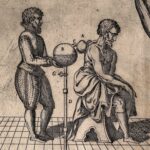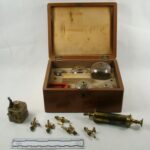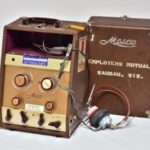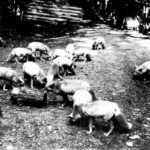Humoral medicine began in Ancient Greece and continued in popularity until the late nineteenth century. Humoral theory was based on the belief that the body was composed of four humors/temperaments (black bile, yellow bile, phlegm, and blood) and was influenced by the individuals’ environment. Disease was caused by an excess or deficiency in one of these humors. 1 This theory developed out of ancient people’s close relationship to agriculture and the idea of the environment’s influence on them.
To restore health, the balance of the humors must be reestablished. Cupping was one way in which balance could be restored.2 Cupping was believed to draw the fluid creating the inflammation or pain into the cupping glass in the form of a blister, thereby isolating it from the body to restore humoral balance. 3 In wet cupping (a subtype of cupping), the skin is scored so that the fluid would be removed and inflammation would be alleviated.
After research in the late nineteenth century revealed that bacteria might be responsible for some illnesses, cupping and humoral theory fell into decline.
Written by McKenzie Bruce and Eleanor Miller.
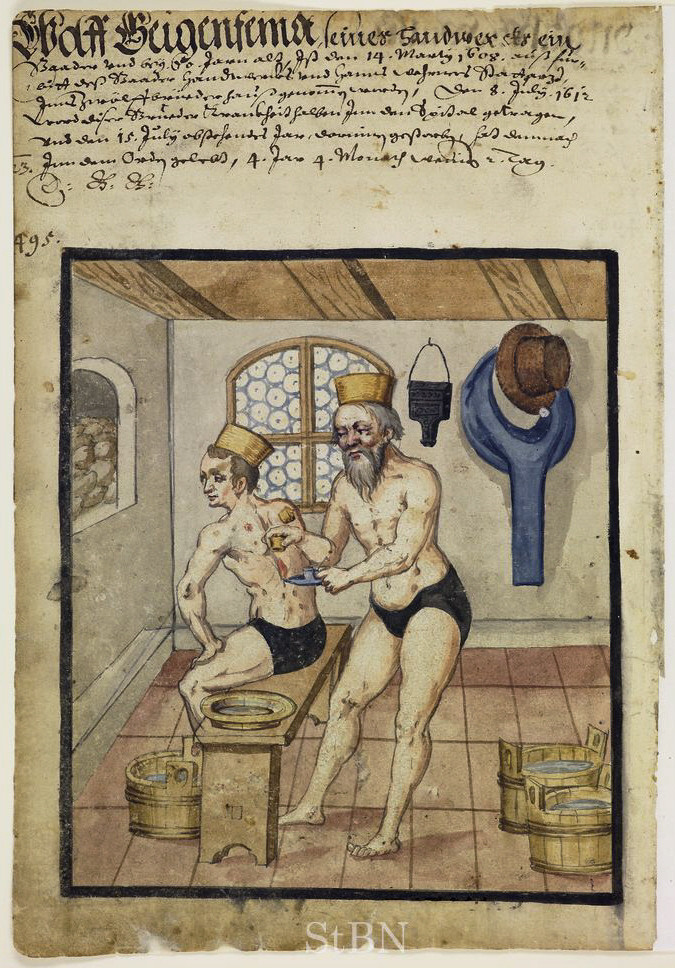
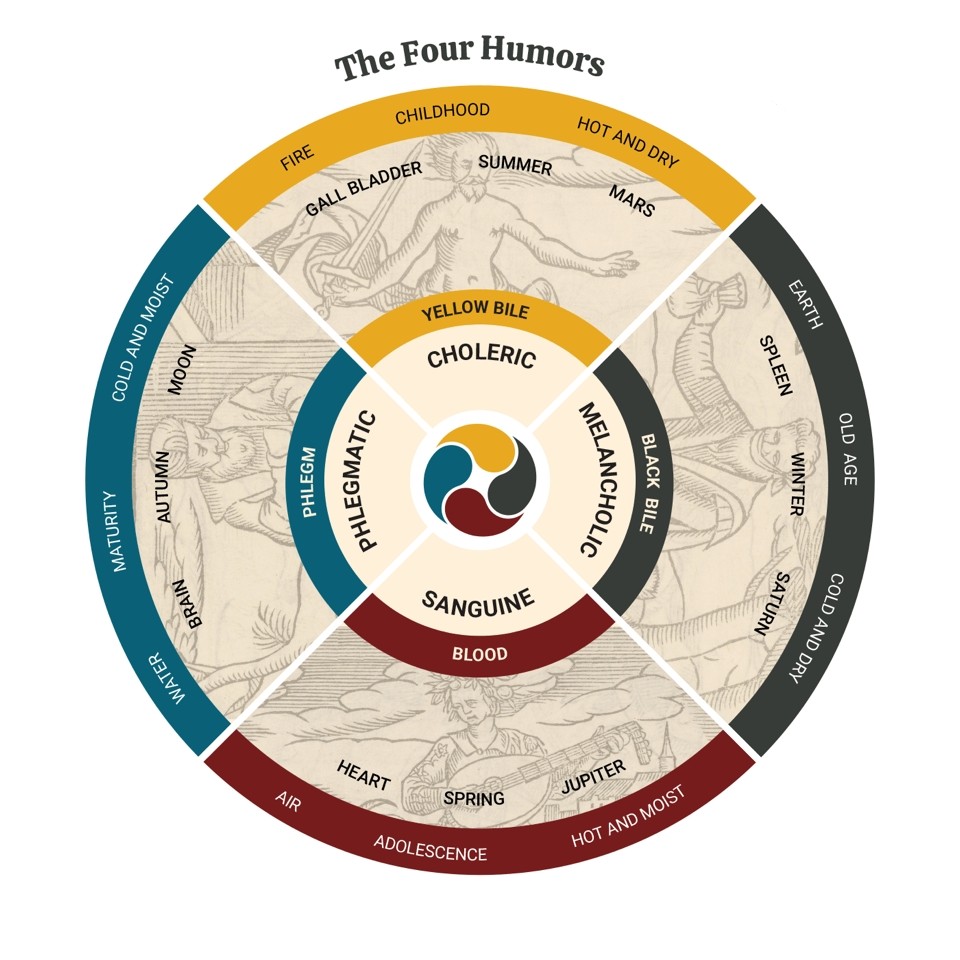
SOURCES
W.F. Bynum, Science and the Practice of Medicine in the Nineteenth Century. Cambridge University Press: Cambridge. 1994.
R.L. Numbers and J.W. Levitt, Wisconsin Medicine: Historical Perspectives. University of Wisconsin Press: Madison, WI. 1981
Elizabeth Allen and J.L. Turk, “Bleeding and cupping,” Annals of the Royal College of Surgeons of England, Vol. 65 (1983).
J. Haller, “The Glass Leech: Wet and Dry cupping in the 19th c.” New York State Journal of Medicine, Vol. 73 (1973), 583-592.
H. Cao, M. Han, X. Li, S. Dong, Y. Shang, Q. Wang, S. Xu and J. Liu, “Clinical research evidence of cupping therapy in China: a systematic literature review,” BMC Complementary and Alternative Medicine, Vol. 10 (2010), 1-10.


